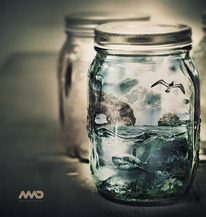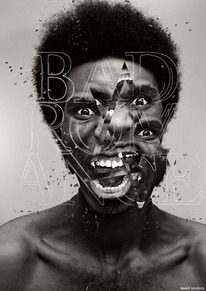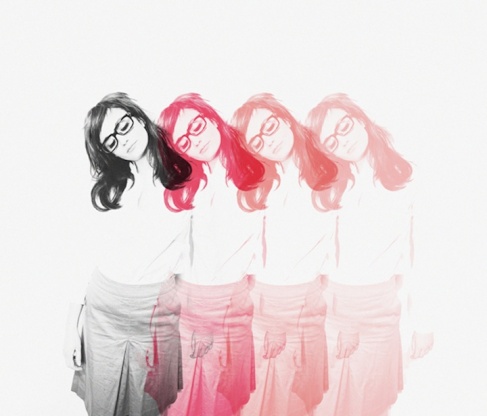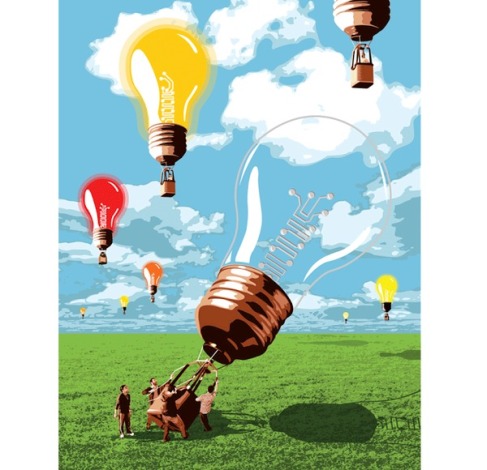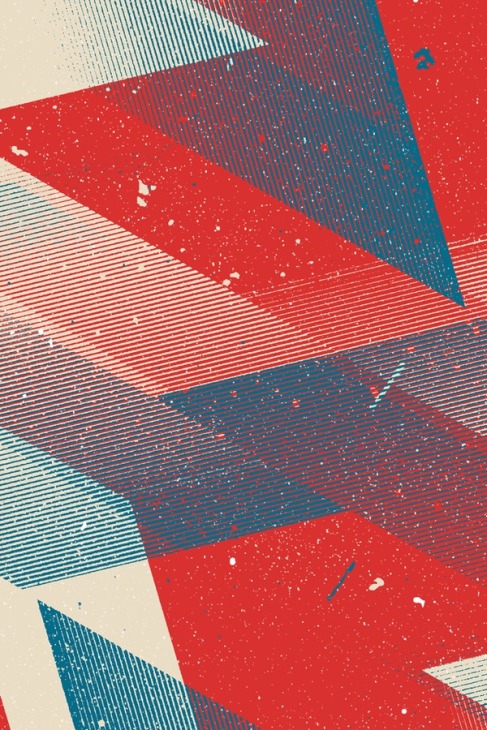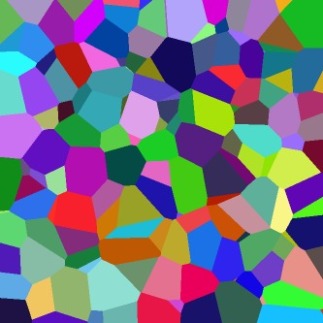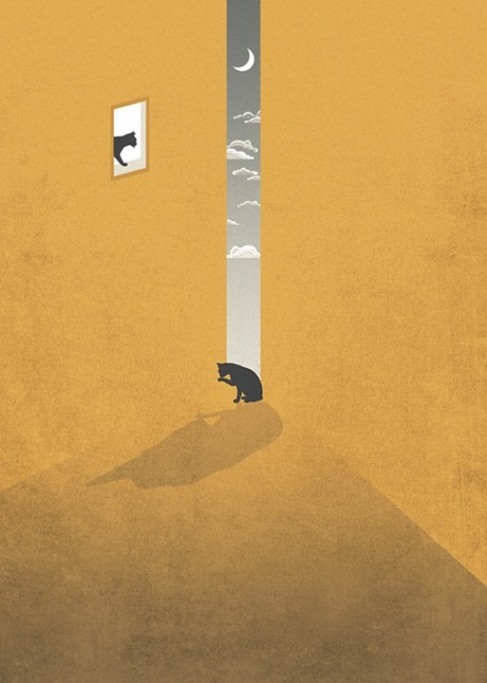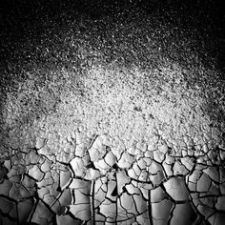After reading the unit about print production and presentation in Dabner, Stewart, and Zempol’s Graphic Design School, I was having recollections of the many problems u have had with printing, color matching, cutting, and layout even after thinking the design was “complete”. After reading a little more about exporting and how important preparing files for print is (whether it be a PDF or an entire packaged document with links and fonts), I began to save myself a little more time when it came to figuring out that portion of the project. I also really appreciated how Graphic Design School discussed the craft of a design as another important production step. Often designers tend to think once their design is completed on the computer, and even printed correctly, that the cutting, assembling, folding, etc. is the easy part. Though some people may be more gifted in the presentation process, for some (like myself) shaky hands lead to crooked cuts and bloody fingers, which made reprinting frustrating. I have learned throughout the execution/craft process to be mindful of what the finishing product is meant to look like not only while you are designing, but also while you are putting it together at the end.
I stumbled upon an article written by Marco Kramer called “10 Pre-Press Tips For Perfect Print Publishing,” after reading the chapter on production in Graphic Design School, and came upon many similarities in tips for how to produce your printed designs. When it comes to color, the difference in RGB and CMYK is all I had really paid attention to, thinking, “one is for print, one is for web- how hard can it be?” However, from personal experience, I can say that color is much more complicated and harder to match to what exact shade/tone you were aiming for, than I thought. Though printers may sometimes be the problem, a lot of the color matching starts with the color mode you have set up in your document. In this article, I was made aware that you should always edit your Photoshop pictures in RGB rather than CMYK because RGB is created with light rather than darks, therefore your images appear brighter. To view how these images will look printed (when converted into CMYK mode in Indesign), you can select viewèproof colors, and make sure “working CMYK” is selected, and the proof of print material will show in photoshop.





